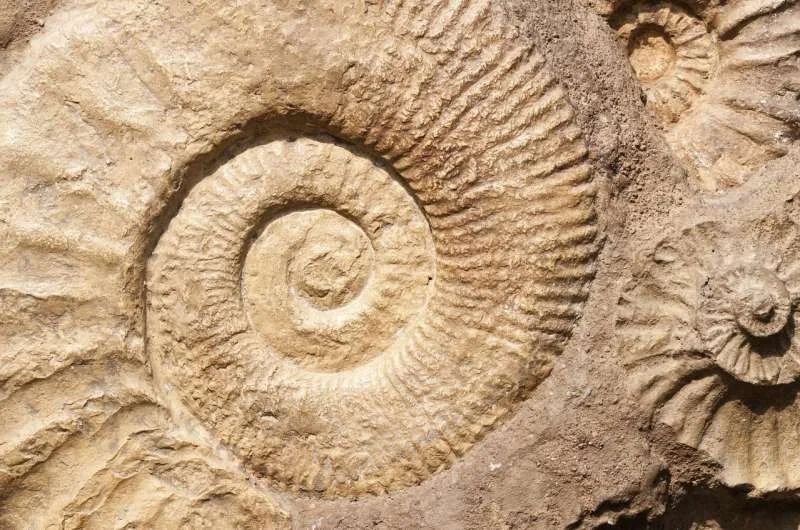An article published in the New Zealand Journal of Geology and Geophysics states that the 266 fossils are one of the richest and most diverse assemblages of three-million-year-old fauna ever discovered in New Zealand. At least ten previously unknown species will be identified and named in future research.
In 2020, Auckland’s Watercare dug two massive vertical wells for a major redevelopment of the main pipeline that carries raw sewage for treatment from the city centre, while excavating a layer of old crust. Auckland paleontologist Bruce Hayward likened it to “finding gold on your doorstep”.
Once Watercare and its contractors were briefed on the importance of the fossil bed, they were willing to help, and a huge pile of seashell sand was dumped on a nearby grassland for paleontologists to study for months. Watercare also funded two paleontology doctoral students working under the guidance of Auckland Museum curator, Dr Wilma Blom, who meticulously analyzed the stack for weeks.
As a result, it is estimated that more than 300,000 fossils were examined, and thousands of them returned to the museum as proof of “this once-in-a-lifetime find.”
“Detailed identification of the fossils suggests that they were deposited in the semi-litoral channel of an early version of modern Manukau Harbor between 3 and 3.7 million years ago,” said Dr Hayward.
“At that time sea levels were slightly higher than they are today because the earth was several degrees warmer than it is now. As a result, the fossil record includes a number of subtropical species whose relatives live today in warmer waters around Kermadec and Norfolk Island. There are at least ten previously unknown species that will be described and named in future studies.”
In their paper published this week in the New Zealand Journal of Geology and Geophysics, the five authors describe 266 different fossils, making it the richest and most diverse fauna of its era ever discovered in New Zealand. Lead author Dr. Hayward says: “What’s surprising is that the fauna includes fossils from different environments that were brought together in an ancient sea channel by waves and strong tidal currents.”
“This includes ten specimens of New Zealand’s iconic flax snail, which apparently lived in the environment and was blown out to sea by the storm. These are certainly the oldest known flax snails in the world. Most of the fossils lived on the seafloor, some in brackish estuaries, others on hard rocky shores, and even more from the open west coast at that time.”
“Rare finds include baleen whale vertebrae, a broken sperm whale tooth, the spine of an extinct saw shark, dental plates of eagle rays, and a set of great white shark teeth.” The study was conducted by New Zealand’s leading mollusc fossil expert, Dr. Dedicated to Alan Bew. Source
Source: Port Altele
